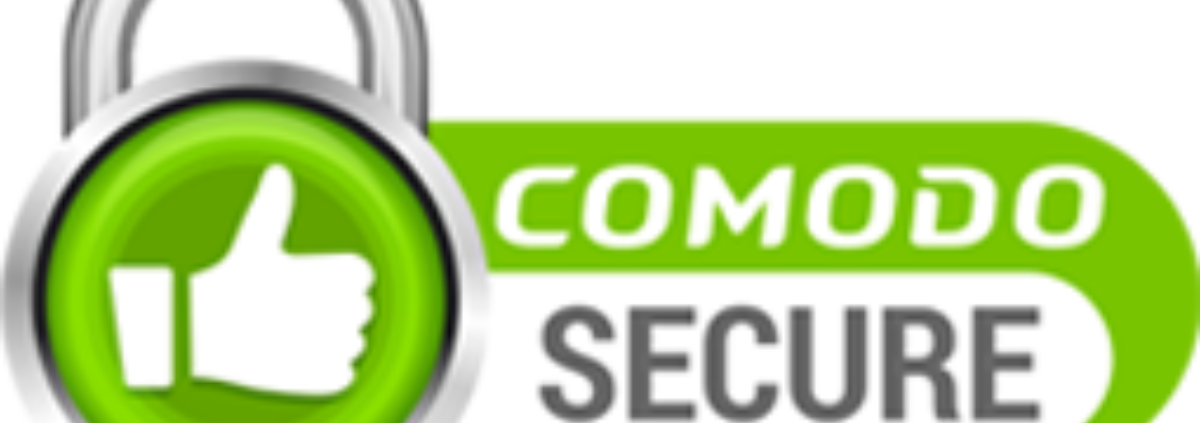Communication is what will lead to development of a good relationship with Mark’s parents, the administration, and with the general education teacher.
Professor Diffenderfer
After being diagnosed with a Mood Disorder, Mark’s test scores were reviewed and it was determined that he qualifies in the gifted program for ELA only. The gifted teacher however was not present during the IEP meeting and she had never worked with a student who has an IEP. Mark is also uncomfortable in his class being the only Hispanic student and he feels that the teacher does not include him in class and speaks abruptly to him. Mark does not feel welcome and Mark’s parents say that the teacher told him that he does not belong in the class. The action plan here is meant to make the relationship between Mrs. Stone and Mark successful. The plan involves the goals and steps to be taken as well as measures for reporting progress. It is important to ensure that Mark is benefitting from the class and that Mrs. Stone makes the class a positive learning environment. The action plan will focus on team and individual strategies and activities, effective communication methods, and positive collaboration techniques.
It is critical to note that it is impossible for Mark to achieve success in the class until Mrs. Stone learns about how the student understands and learns the course material. The teacher needs to sit down with John and focus on his motivations, strengths, and weaknesses. It is important for one to know what motivates the student when dealing with one who has a Mood Disorder. It is essential that educators dealing with special students become familiar with the research surrounding their students as well as their behavior (Armstrong, 2011). It is important for the teacher to collect positive information on every student as well as look at the activities they enjoy as well as how best they feel they learn. When Mrs. Stone determines the learning style that Mark prefers, she will be able to adjust some parts of the curriculum to suit the needs that Mark has in the classroom. When Mrs. Stone understands how Mark learns and prefers things, she will be able to provide a warm and welcoming classroom. Armstrong (2011) says that it is important for a teacher to understand how a child learns and at the same time address the needs that the students have on the basis of the diversity in the classroom.
It is also important to have collaboration when dealing with students in the gifted program. Collaboration is a commitment by the teachers to working together with the fellow teachers, the school administration, the parents, and the local community. It is a process that involves monitoring, support, and persistence (Mattison 2011). Collaboration as per our action plan in this case involves teaching Mrs. Stone on new adjustments and skills that they need to have. It also involves promotion of assignments and group activities especially in our case because they will make Mark feel that he is part of the class. It is also important that the general education teacher works with the paraeducator to determine the goals that Mark needs to meet. Having the paraeducator and the general education teacher work together will ensure that they share ideas, resources and needs that can be used to teach Mark. The general teachers might not understand the resources that are to be used when dealing with the gifted children. The paraeducator might not also understand much of how the general education class operates. When there is collaboration between both teachers, each of them will get to learn particular skills that will boost the education of the child (Mattison 2011). It is also important to sensitive the administration and parents on the needs of the child and what is required to promote their education.
Communication is also another important aspect when it comes to the action plan. Communication is at the core of education; teachers communicate with students, principals communicate to teachers, parents communicate to teachers, and students talk with each other. In special education, communication plays a more important role. Communication is what will lead to development of a good relationship with Mark’s parents, the administration, and with the general education teacher. Communication takes two forms, two way and one way. One way communication involves tools such as report cards, books, and student’s evaluation. The two way communication, on the other hand, refers to emails, phone calls, and meetings. The action plan should consist of communication skills with the teacher, parents, and the administration using two way communication methods (Rowicki 1998).
The action plan on Mark is meant to encourage a positive learning environment when Mark goes into class. There is need for team and individual activities, collaboration techniques as well as effective communication between all of the parties involved. The action plan is meant to encourage a positive learning environment and better leaning outcomes for Mark in the short and long term. It is also essential that there be regular assessment of Mark in the classroom by the general education teacher and the paraeducator and the same report should be given to the administration. The parents should also be involved so that they can play their role in ensuring that Mark is comfortable in the gifted classroom.
References
Armstrong, T. (2011). The power of neurodiversity: Unleashing the advantages of your differently wired brain. Cambridge, MA: DeCapo/Perseus
Mattison. (2011.). Don Johnston Inc. | Lynda’s Top 10 ideas for collaboration between general and special education teachers. Retrieved January 20, 2016, from http://donjohnston.com/top-10- ideas-for-collaboration/
Rowicki. (1998). Communication Skills for Educational Administrators. ERIC. http://files.eric.ed.gov/fulltext/ED432830.pdf




Leave a Reply
Want to join the discussion?Feel free to contribute!